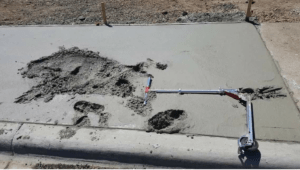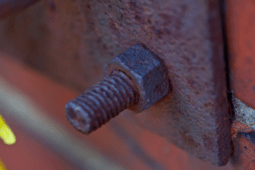How to Choose the Right Sandpaper Grit
Choosing the right sandpaper grit is critical for achieving a smooth and professional finish on your woodworking projects. With so many different types of sandpaper available, it can be overwhelming to determine which grit to use for a specific task. In this article, we will go through the different sandpaper grits, their uses, and how to choose the right grit for your project.
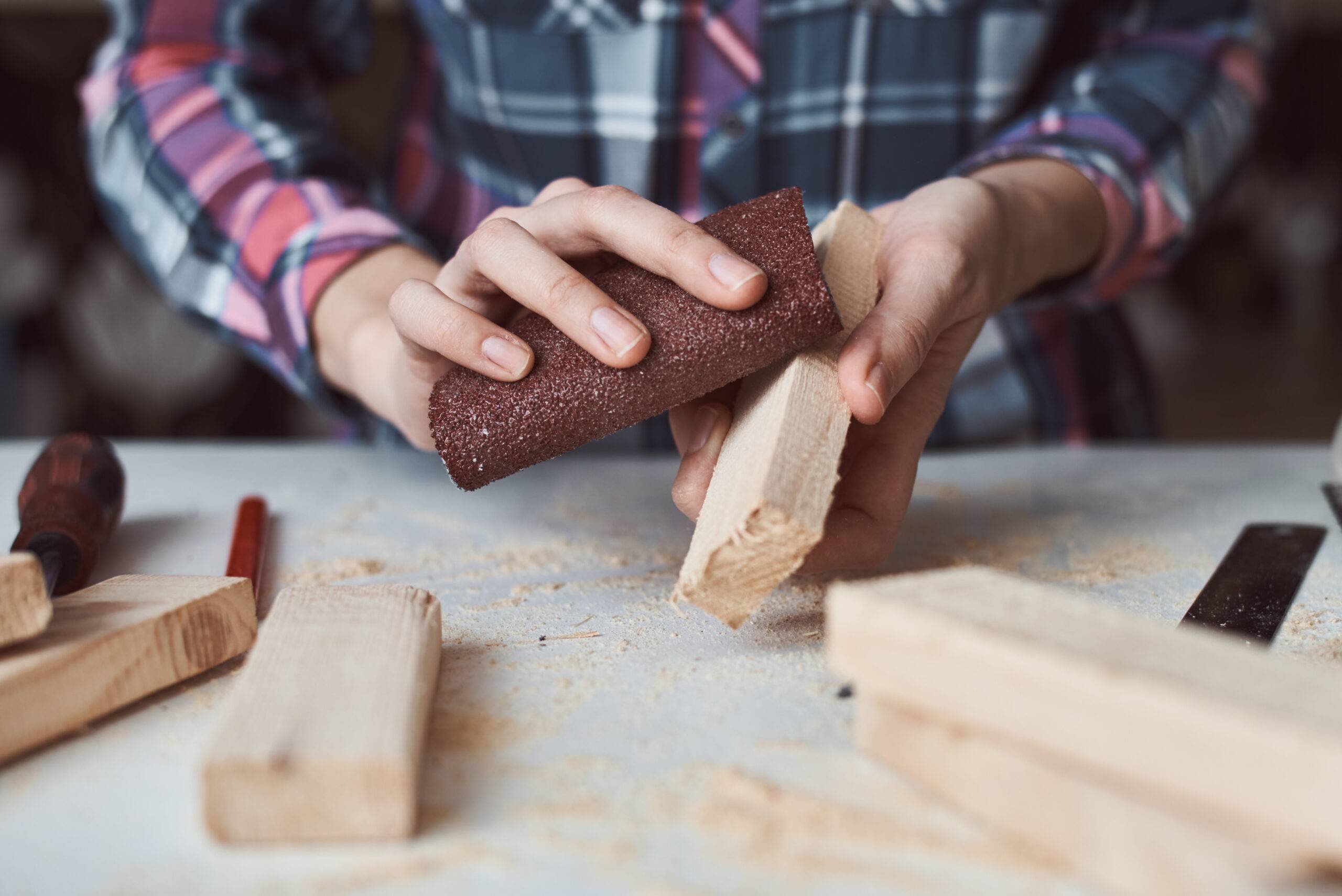
First, let’s discuss what sandpaper grit is. Sandpaper grit is measured by the number of abrasive particles per square inch on the sandpaper. The higher the number, the finer the grit. For example, 80-grit sandpaper has 80 abrasive particles per square inch, while 220-grit has 220 particles per square inch.
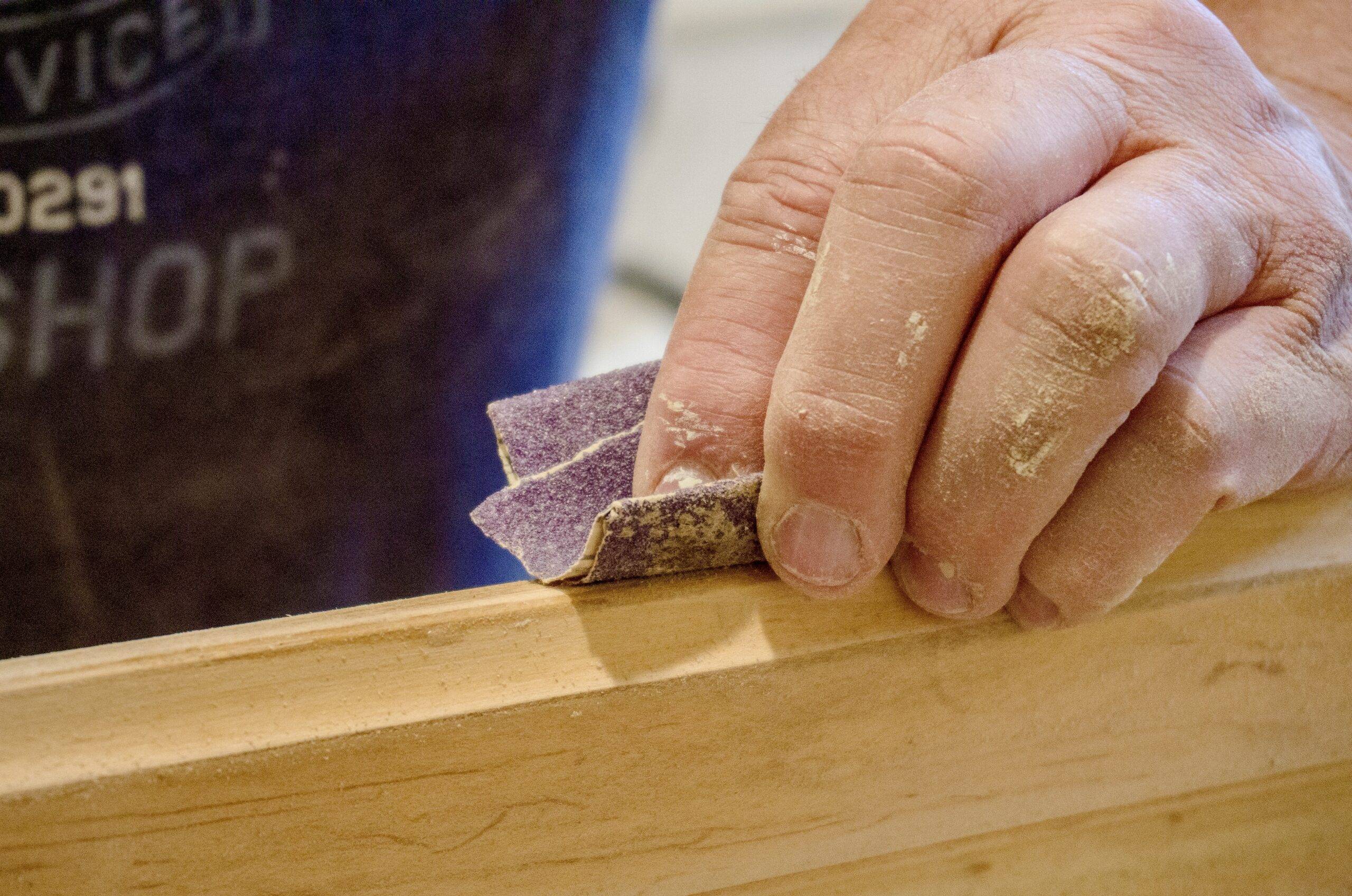
Now, let’s take a look at the different grits and their uses:
- 40-60 grit: This is the coarsest grit and is used for heavy sanding and removing rough surfaces. This grit is ideal for removing paint, varnish, and rust from metal.
- 80-120 grit: This is considered medium grit and is used for sanding surfaces that are already relatively smooth. This grit is ideal for removing scratches and preparing surfaces for paint or stain.
- 150-180 grit: This is a fine grit and is used for final sanding before applying a finish. This grit is ideal for removing small imperfections and preparing surfaces for a final coat of paint or stain.
- 220-240 grit: This is an extra-fine grit and is used for sanding between coats of paint or stain. This grit is ideal for achieving a smooth and even finish.
Now that we know the different grits and their uses let’s discuss how to choose the right grit for your project.
The first thing to consider is the material you will be sanding. If you are sanding wood, you can start with a medium grit, like 80-120, to remove any imperfections or scratches. If you are sanding metal, you may need to start with a coarse grit, like 40-60, to remove rust or paint.
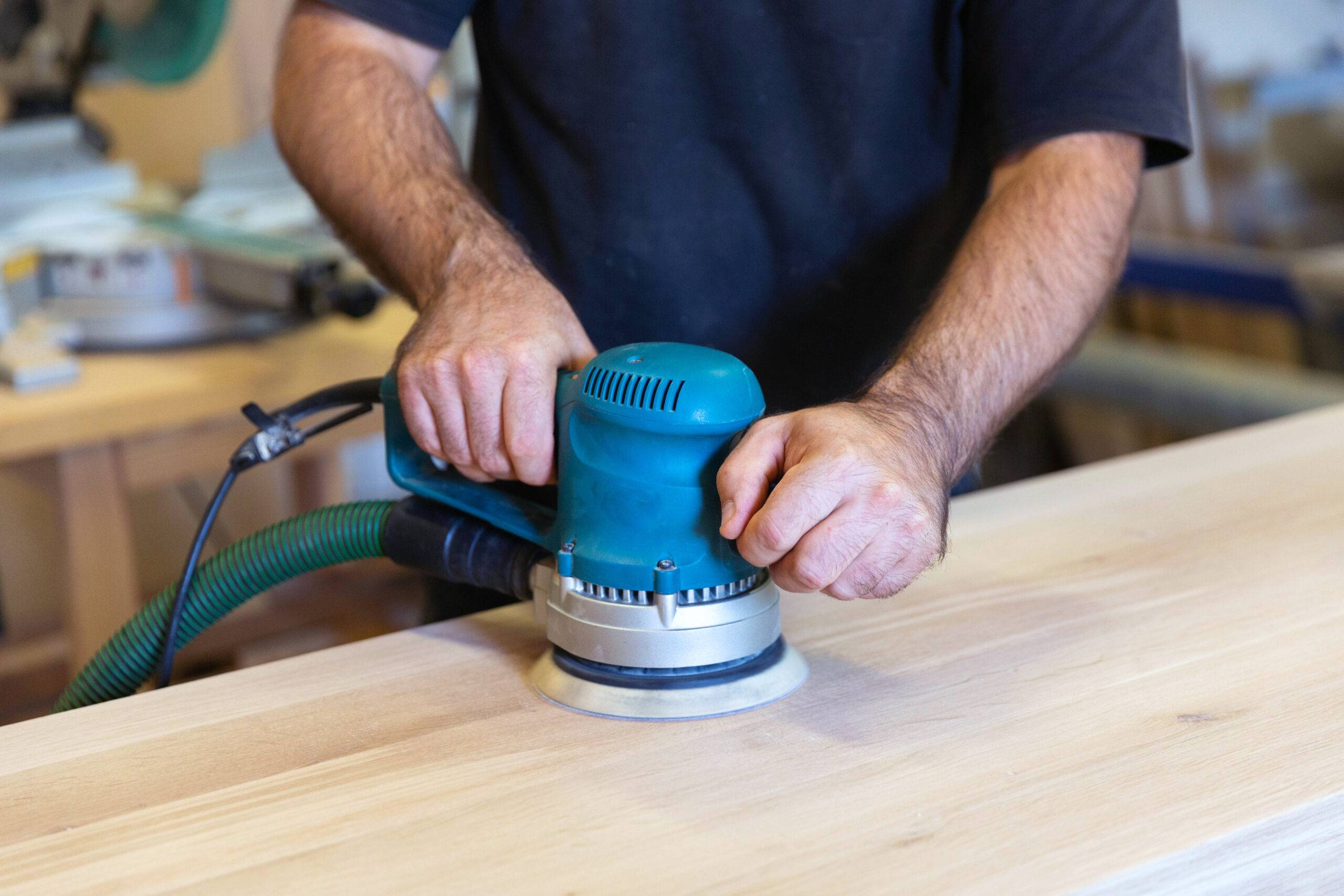
The second thing to consider is the level of smoothness you want to achieve. If you are preparing a surface for paint or stain, you will want to use a finer grit, like 150-180, to achieve a smooth finish. If you are sanding between coats of paint or stain, you will want to use an extra-fine grit like 220-240 to achieve a seamless finish.
Lastly, consider the type of sandpaper you will be using. Sandpaper can come in sheets, discs, or belts. Sheets are ideal for hand sanding, while discs and belts are ideal for power sanding.
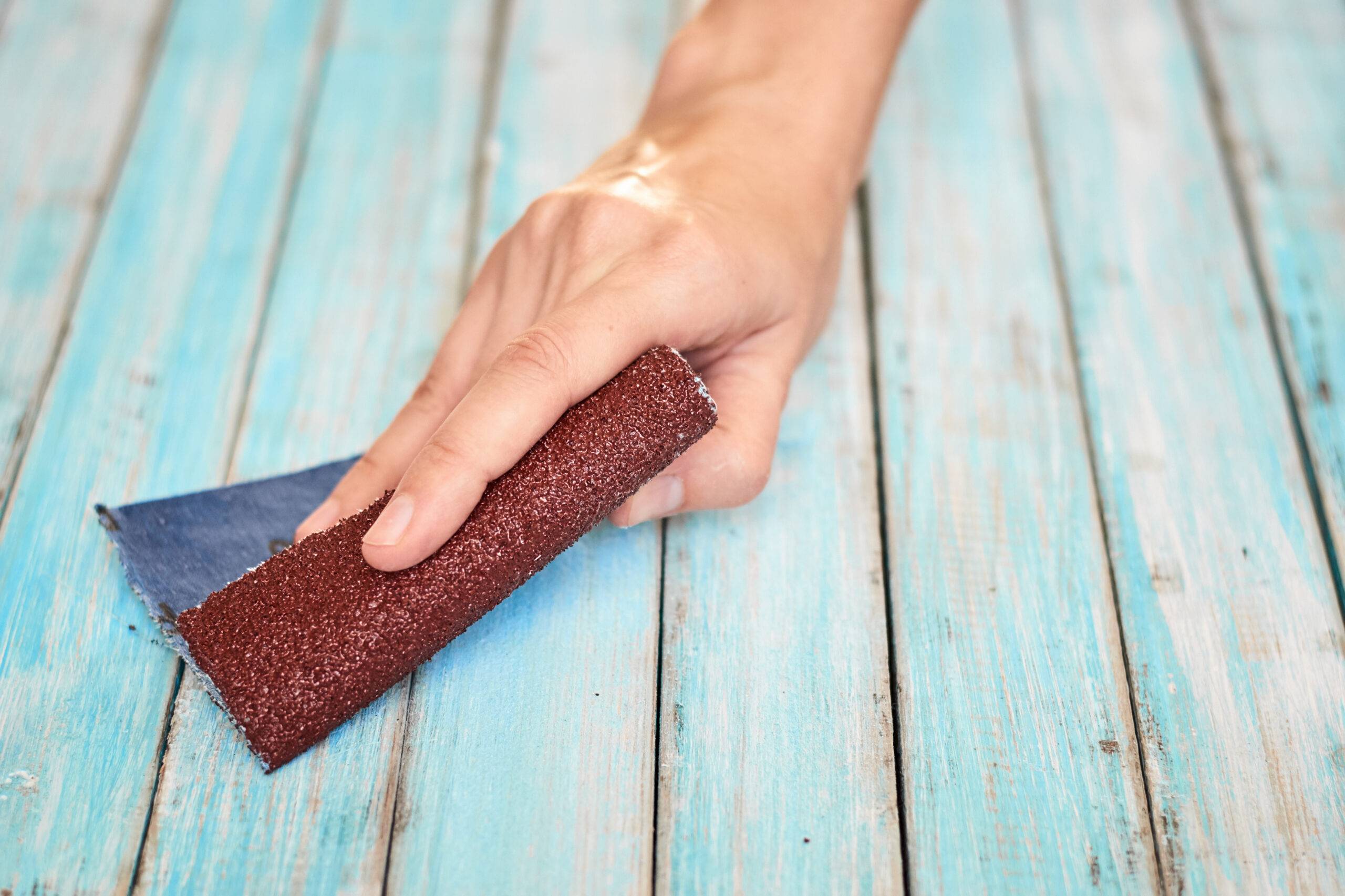
Choosing the right sandpaper grit is critical for achieving a professional finish on your woodworking projects. Consider the material you will be sanding, the level of smoothness you want to achieve, and the type of sandpaper you will be using. With these factors in mind, you can confidently choose the right grit for your project and achieve a smooth and flawless finish.


